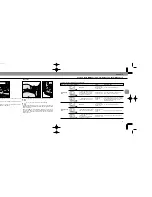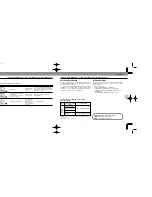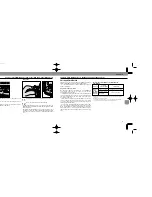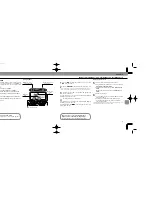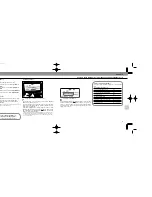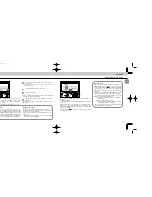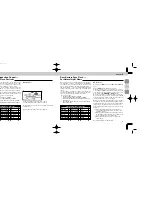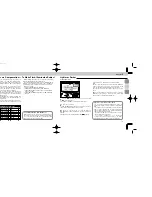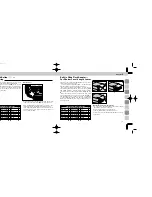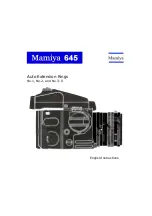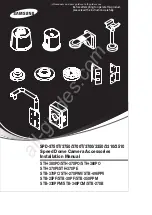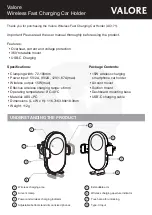
81
80
Chapter
3
F5
E
F-601
M
/N6000
E
FE2
E
F90X/N90s
E
F50-Series/N50
E
FG
E
F90-Series/N90
E
F-401x/N5005
E
Nikonos V
E
F70-Series/N70
E
F-501/N2020
E
F3-Series
E
F4-Series
E
F-301/N2000
E
F2-Series
E
F-801/N8008
E
F-401/N4004
E
FM2
E
F-801s/N8008s
E
F-401s/N4004s
E
FG-20
E
F-601/N6006
E
FA
E
Set Up and Practice
Non-TTL Auto Flash
A
Mode — Shooting with Various Lens Apertures
To use various lens apertures for the same subject or when
camera/lens combination is incompatible with TTL Auto
Flash mode, set the SB-26’s flash mode selector to
u
for
Non-TTL Auto Flash operation.
In Non-TTL Auto Flash shooting, light output automatical-
ly changes to match the flash-to-subject distance, but
instead of light being measured through the lens, it is mea-
sured by the light sensor on the front of the SB-26.
The SB-26 can be used in Non-TTL Auto Flash mode with
any Nikon camera/lens combination.
Before proceeding:
E
ATTACH SPEEDLIGHT TO CAMERA.
E
TURN ON BOTH SPEEDLIGHT AND CAMERA.
E
USE APERTURE-PRIORITY AUTO OR MANUAL EXPO-
SURE MODE.
E
USE SINGLE-SERVO AUTOFOCUS (S or A) OR MAN-
UAL FOCUS (M).
1
Flash mode
selector at
Non-TTL Auto
2
Flash sync mode
selector at NORMAL
3
ISO film
speed in
use and
zoom-head
position
5
Appears when flash is fully charged and ready
to fire. Push for test firing. Blinks after firing
indicates possible underexposure.
4
Aperture
value
APPLICABLE NIKON SLR MODELS
TTL Auto Flash
H
Mode:
For FA, FE2, FG and Nikonos V Users
Firing Flash
9
Fully depress the shutter release button to fire flash.
10
Recheck ready-light to see if it is blinking.
If ready-light blinks for a few seconds after shooting, flash
has fired at its maximum output but the light may have been
insufficient.
Reconfirm shooting distance and, if necessary, move closer
to subject or select a wider aperture (in aperture-priority
auto or manual exposure mode) to compensate underexpo-
sure.
SB-26 (E) 03.1.14 7:16 PM Page 80



